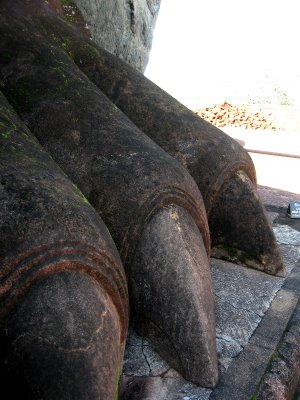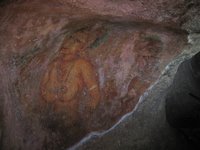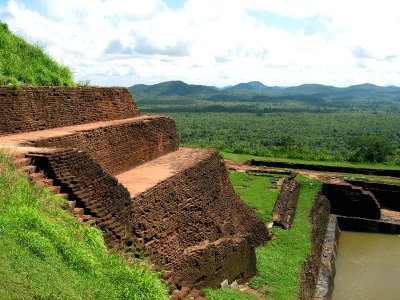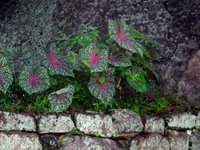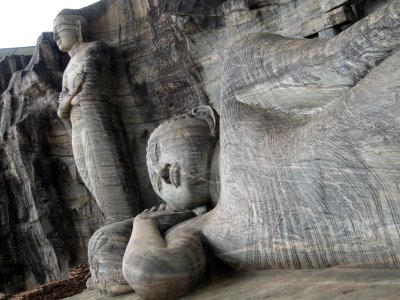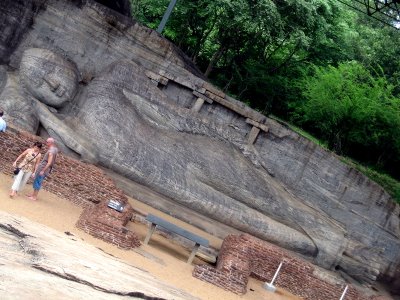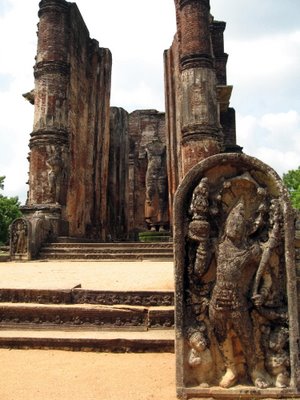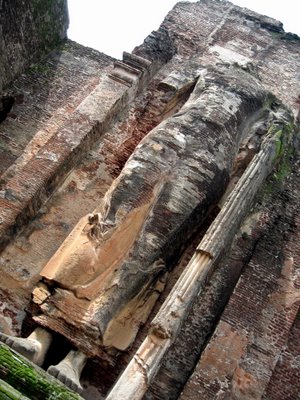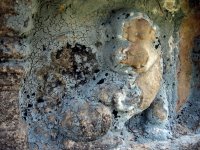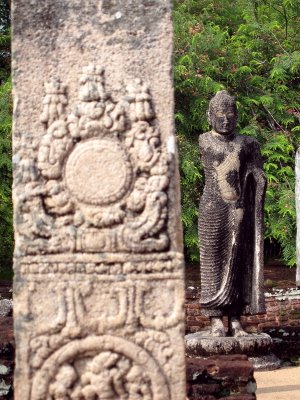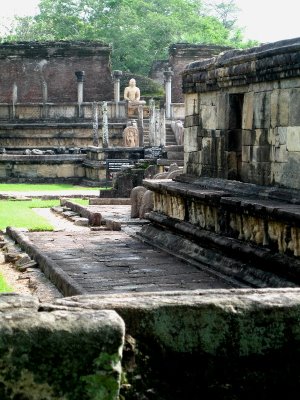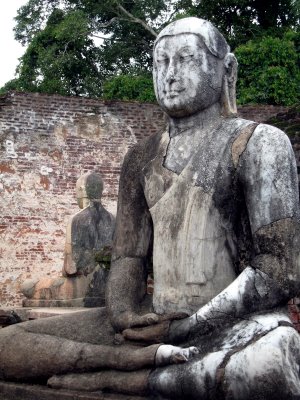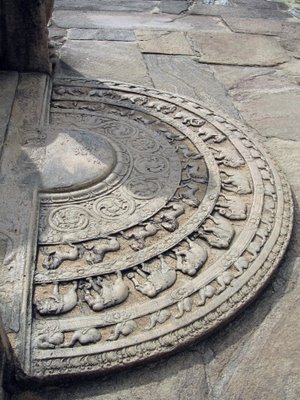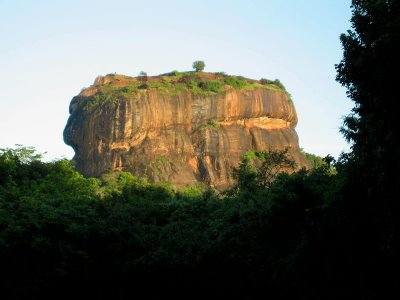 SMW, SLT still comes to you from lovely Sri Lanka, down here surrounded by the Indian Ocean. My life, and my e-mails, have been too full of reality and news, or the lack thereof, for the past few months…so I’m gonna take a pass and tell you nothing more than that I’m still here, and will be until this blog tells you something different. Whenever that might be, I still can’t say. So sorry.
SMW, SLT still comes to you from lovely Sri Lanka, down here surrounded by the Indian Ocean. My life, and my e-mails, have been too full of reality and news, or the lack thereof, for the past few months…so I’m gonna take a pass and tell you nothing more than that I’m still here, and will be until this blog tells you something different. Whenever that might be, I still can’t say. So sorry.
And yeah, lots more people have died here since last I wrote, the peace talks in
Geneva don’t seem to have gone very far, and all kinds of other fine things you can read about by doing a few web searches for news items about
Sri Lanka. (And yes, I still encourage you to do so: it’s good for us citizens of the planet to be aware of what’s happening on it.) But why, I ask, would you want me to tell you about all that depressing stuff when I can do a show and tell instead about my summer vacation, oops, I mean the beautiful and impressive things to be seen in Sigiriya, Dambulla, Polonnaruwa and Kandy?
 These are the magnificent water gardens at the base on the western side of the rock, the main entrance. It's very impressive to walk up to the rock through these gardens.
These are the magnificent water gardens at the base on the western side of the rock, the main entrance. It's very impressive to walk up to the rock through these gardens.
You guessed it, you’re about to get a brief history of Sri Lanka. A very brief history, not to worry. The Veddah, SL’s ur-inhabitants, can be thought of as perhaps comparable to America’s ur-inhabitants: pushed out, killed and/or greatly reduced in number by later arrivals. There are some Veddah still remaining, but they’re not a demographic, political or cultural force. Sri Lankan culture as we know it today began being formed by immigrants from Northern India, who arrived most likely some time around the 6th Century BC. Sinhalese legend says the son of a north Indian king was exiled for some crime, and put in a boat with 700 men – the idea seems to have been “you can’t really kill the son of the king, but you can send him off to the open ocean and let him die there.” Legend says he landed in Sri Lanka on the same day the Buddha achieved enlightenment, over on the mainland.
 SMW, SLT still comes to you from lovely
SMW, SLT still comes to you from lovely  These are the magnificent water gardens at the base on the western side of the rock, the main entrance. It's very impressive to walk up to the rock through these gardens.
These are the magnificent water gardens at the base on the western side of the rock, the main entrance. It's very impressive to walk up to the rock through these gardens.
